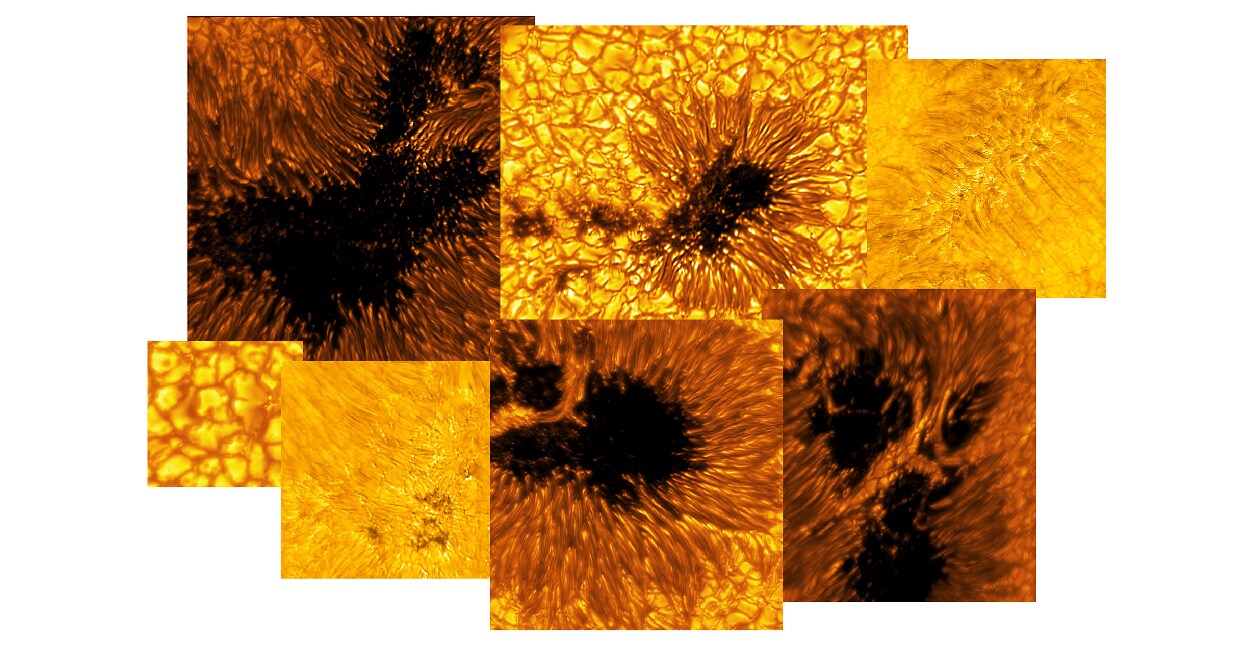The beehive in the sun world’s largest solar telescope took the picture know about it

Planted on a mountain top in the Hawaiian Islands, ‘Daniel K. Inouye Solar Telescope’ (DKIST) has been observing the Sun for a year. It is collecting high resolution data related to the activity occurring in the Sun. According to Space.com, with the help of this data, scientists can get answers to some big questions.
of the information AccordingIn the new pictures of the Sun taken by DKIST, Earth-sized sunspots are visible on the ‘Sun’s surface’. Similarly, incidents like coronal mass ejection and solar flare occur from sunspots. Sometimes their impact reaches even the earth. These sunspots appear for some time. This period may be of one week.
The DKIST team says that the sunspots visible in its images are surrounded by long filamentary regions called penumbra. The telescope took these pictures with the help of a powerful camera called Visible-Broadband Imager. This camera can capture high-resolution images of the Sun’s photosphere and chromosphere.
It is noteworthy that the Sun is going through its 11 year cycle and is in a very active phase. This is called solar maximum. Due to this, many sunspots are emerging in the Sun and incidents of coronal mass ejections and solar flares are taking place. American space agency NASA has already told that these events happening in the Sun will continue for a few years. However, the new pictures of the Sun are thrilling. Some of these look like beehives.